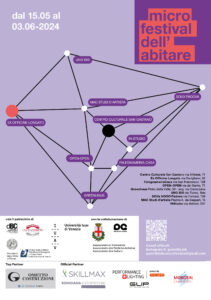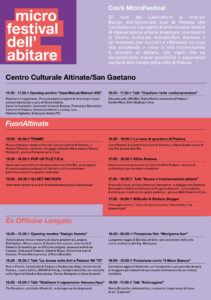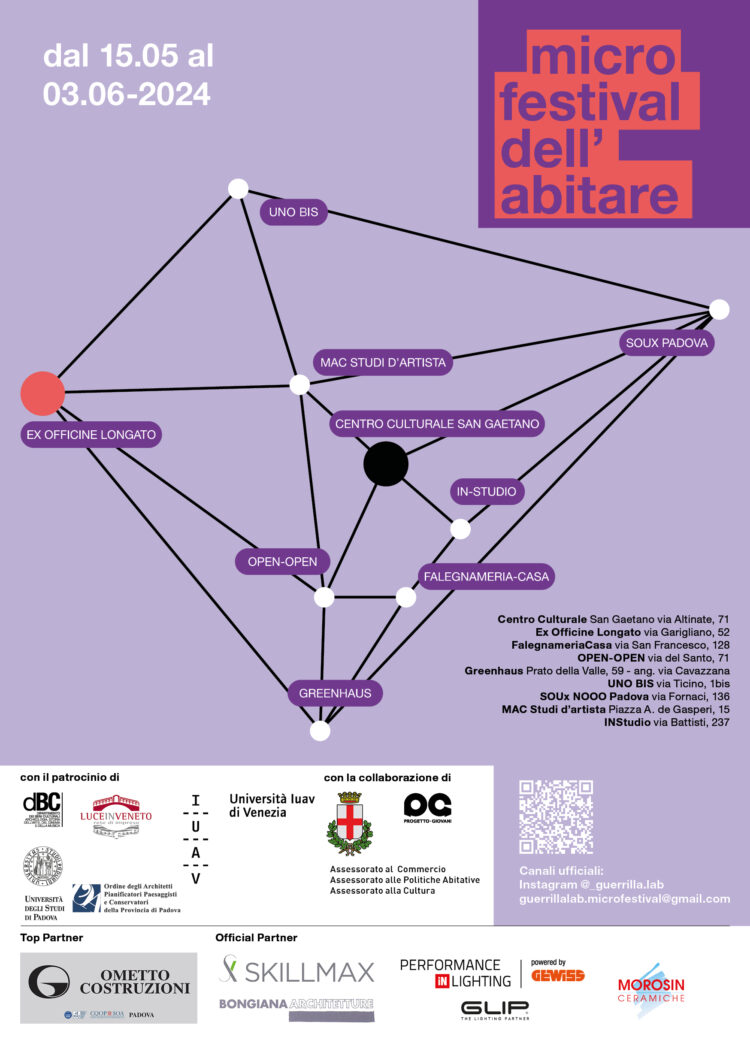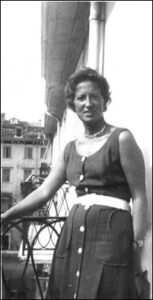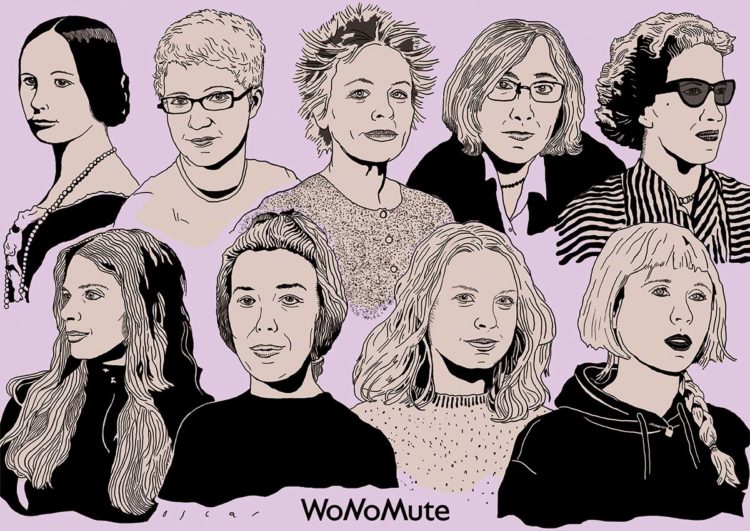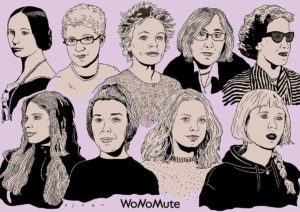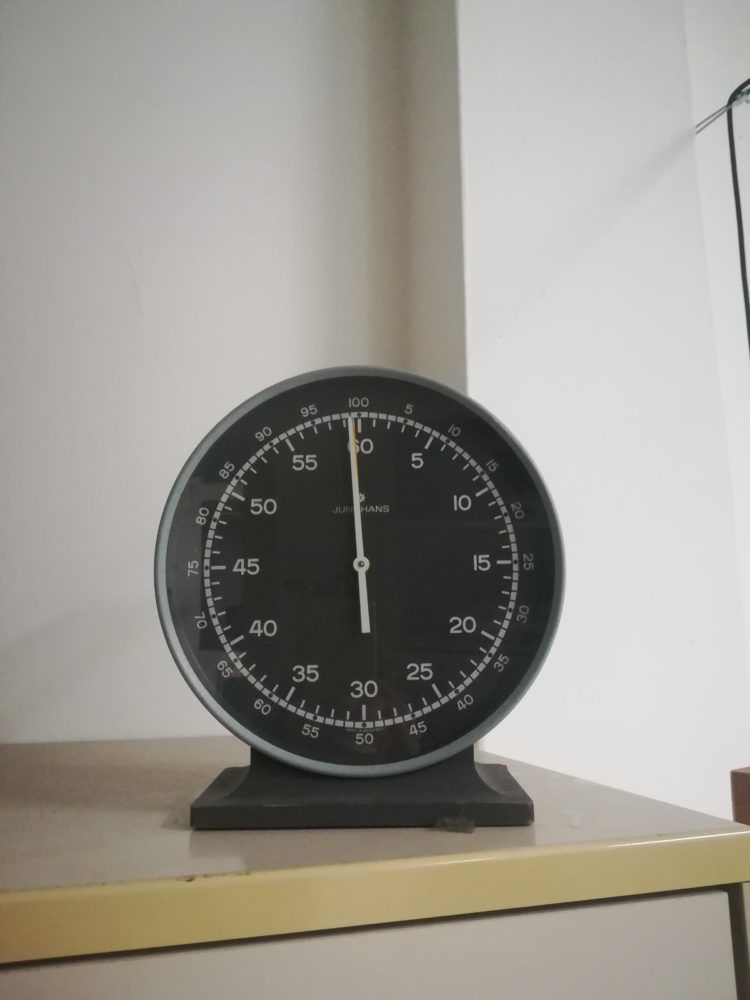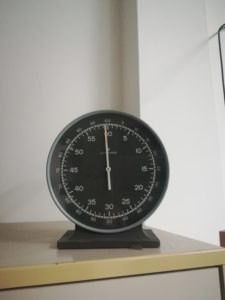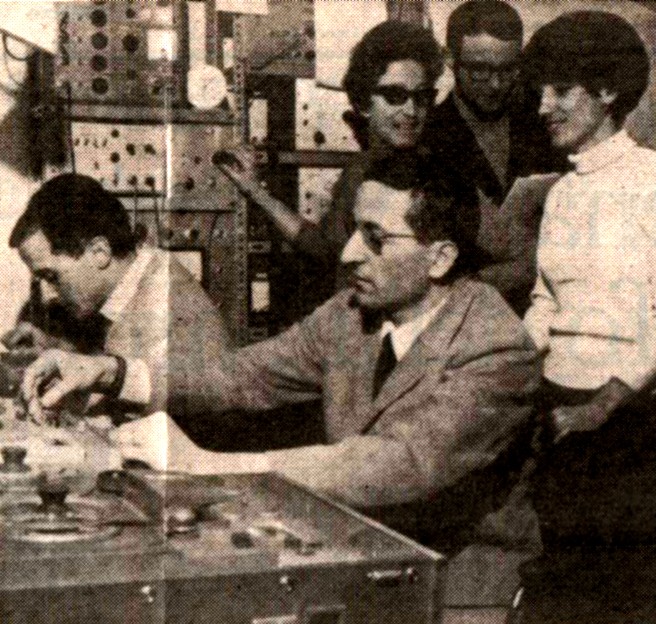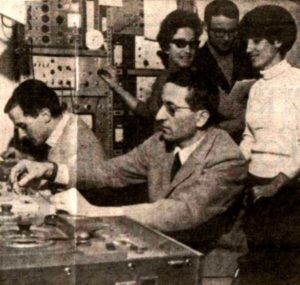
Out Now! The first article in the German language devoted to Teresa Rampazzi is presented in the latest issue of Positionen. Texte zur Aktuellen Musik, n. 114 “Heroines of Sound” (2018).
The article by Laura Zattra is entitled “Sie war ihrer Zeit voraus. Teresa Rampazzi, eine wichtige Komponistin elektronischer Musik in Italien”.
www.positionen.net/
Other articles:
Bettina Wackernagel, Never Stop Questioning • Ingo Techmeier, Heroines of Sound – das Festival • Laura Zattra, Sie war ihrer Zeit voraus. Teresa Rampazzi, eine wichtige Komponistin elektronischer Musik in Italien • Helen Heß, Alltagssinfonien und Sternenmusik. Else Marie Pade – dänische Grand Dame der elektronischen Musik • Monika Pasiecznik, Fehlende Herstory. Die Komponistinnen der neuen und elektronischen Musik in Polen • Julia Mihály, Vokalperformance. Eine One-Woman-Show • Bettina Wackernagel/Helen Heß, Heroines of Sound • Julia Eckhardt, Art has no gender but artists do • Beatrix Borchard/Elisabeth Treydte, Genderforschung in der Musikwissenschaft. Eine (kritische) Bestandsaufnahme aus zwei Perspektiven • Ricarda Ott, MUGI: Musikgeschichtsschreibung mit neuem Blick • Katja Heldt, Feministische Aufbrüche in der zeitgenössischen Musik • Gisela Nauck, Gender Research in Darmstadt. Ein Interview mit dem künstlerischen Leiter der Darmstädter Ferienkurse Thomas Schäfer • Claudia Tittel, Magnetic Attacks. Christina Kubischs Arbeiten mit elektromagnetischer Induktion • Cathy van Eck/Gabrielle Weber, Nachdenken über Klang … • Elena Ungeheuer, Toward a »Space-As-Shared-Sonic-Practices Turn«. Gedanken nach der Dubliner Konferenz Sounding Out the Space • Jürgen Krebber, Archiv des IMD online
